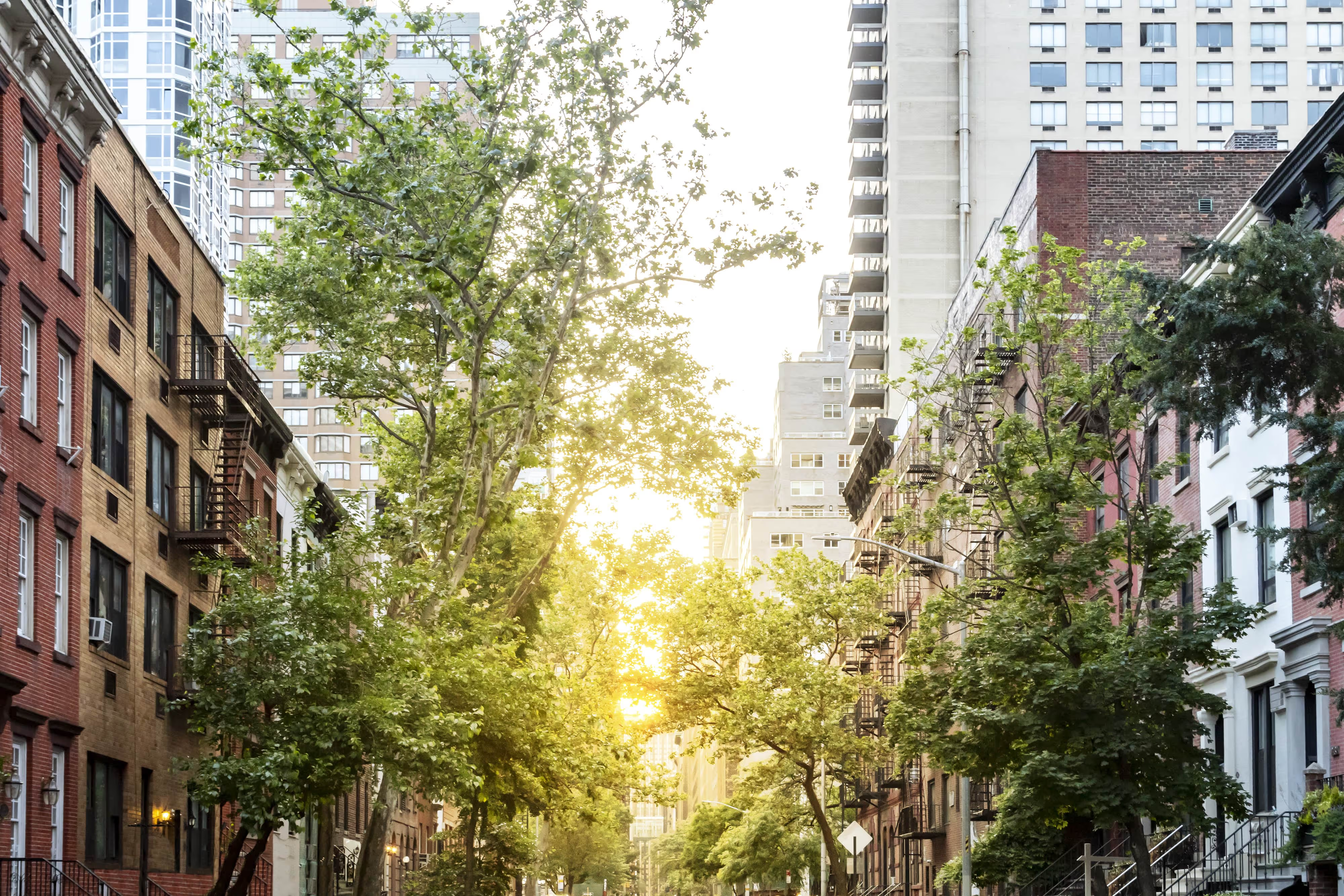
Policy Suggestions for a Greener Seattle
We can have more trees and more housing
We get a lot of questions from our elected officials and builders asking whether building housing with trees is possible.
Here's Tree Action Seattle's expert-backed* guide to how we can build up and green Seattle — before, during, and after the housing construction process.
Before Construction
Tree Inventory and Landscape Plans
A Tree Inventory and Landscape Plan (TILP) is crucial to ensuring trees are only removed when necessary. TILPs:
- Identify the size, health, and location of trees on site.
- Target which trees are the most favorable to retain.
- Determine the best place for future trees (for example, west and south to save home energy costs). Planning for future trees is essential for tree equity – most lots in frontline communities have no trees to save.
TILPs are already required in many Washington state cities, such as Kirkland. Other cities, like Seattle, require arborist reports for existing trees at later points in the permitting process, when trees are already slated for removal. Moving TILPs to the beginning of the construction process doesn’t add expense, but can significantly improve tree canopy on new projects.
Site Plans
Builders can:
- Prepare 2–3 site layout alternative massing schemes within the lot's buildable areas considering the land-use regulations.(see an example here).
- Consider the code-allowed design departures to set-backs and parking provisions to retain those trees.
- Consider code-allowed maximum building lot coverage for the lot, excluding the no-disturbance Environmentally Critical Areas.
- Aggregate housing units where possible (see figure below).
- Review site layout design alternatives with an arborist and excavation contractor to determine the most feasible option.

During Construction
Use Common, Low-Cost Construction Techniques
If the critical root zones are close to the proposed building, employ one or more of the following:
- Special foundation systems
- Recessed foundation locations
- Upper floor cantilevers
- Pin piles (where soil conditions allow; i.e., not liquefaction zones)
- Bridging over roots
- Ensure protection of root zones with fencing and signs (a single excavation can sever roots, killing a tree)
Work with Arborists
Retain arborist service for periodic site visits throughout construction. Arborists are among the least expensive professional services and can advise on simple practices such as pruning, watering and mulching. This avoids the common occurrence of tree loss due to construction stress and damage.
After Construction
Watering Bonds
Watering newly planted trees for five years is essential due to hotter, dryer summers. Public funding of new tree care is expensive (Seattle budgets $4,000 per new tree for establishment). Adjacent property owners can supply this support more easily for less cost.
Watering bonds are used by a number of Washington state cities, such as Kenmore. With a bond, the developer establishes a relatively small incentive of $500 and the funds are placed in escrow. They are released to the new property owner when the tree has survived five years.
Future-Proof Trees
New homeowners often remove trees which developers have worked to retain. Comprehensive local tree ordinances and covenant protection for dedicated tree areas on lots ensure the future of retained or planted trees.
* Reviewed and approved by an AIA certified architect



.avif)



.png)